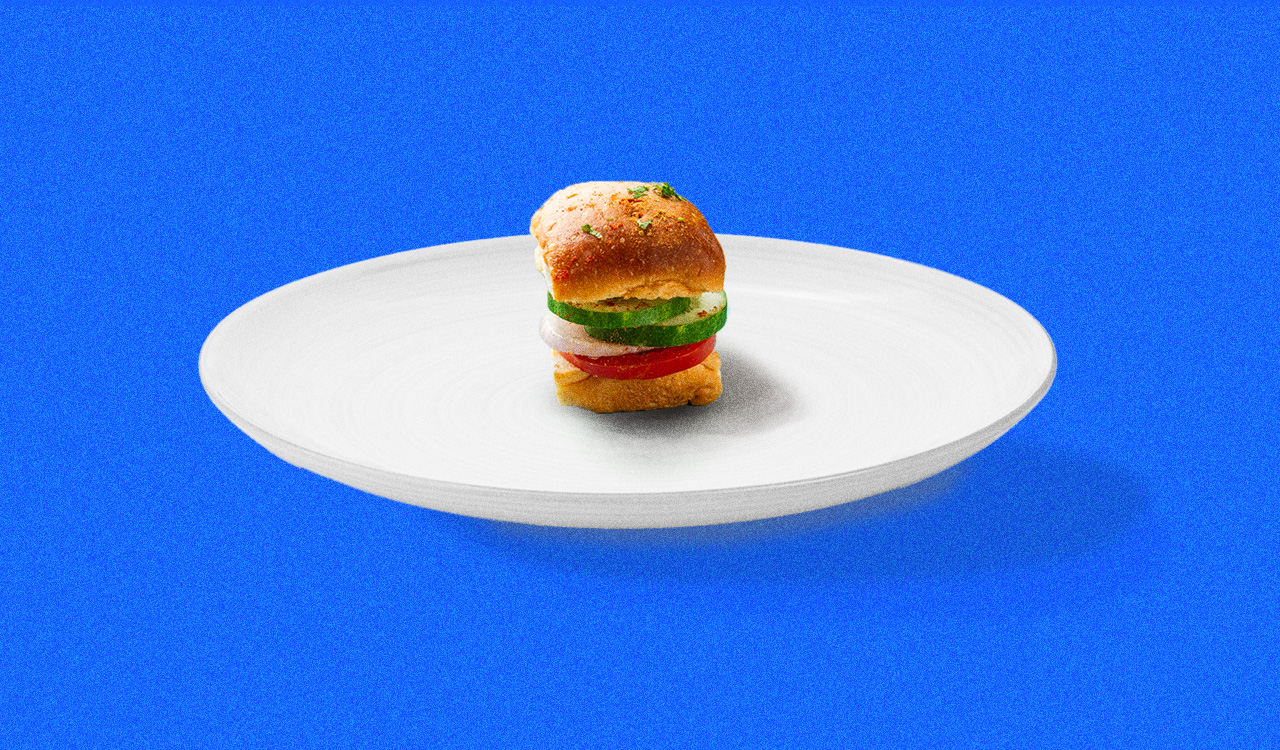Retail operates like a pendulum. For years, the fashion pendulum has been swinging towards the hyper-casual. I wrote about the alleged “death of athleisure” as a false alarm nearly a decade ago. Not to be that smartest guy in the room, but my prediction was accurate that athleisure is here to stay. Today, so-casual-its-hilarious companies like Crocs are collaborating with the likes of luxury brands Stella McCartney and Balenciaga. The pandemic exacerbated this trend, with manufacturers unleashing a surge of jewelry and dresses built for the napping quarantined masses.
Now it’s time for the pendulum to swing the other way. Fine dining restaurants from coast to coast have been reimplementing dress codes, from Les Trois Chevaux, in the West Village, NY to Mr. A’s in San Diego, CA. Let’s take a look at the factors inspiring this shift in restauranteur priorities, the backlash and what the dress code movement means for the retail industry.
The Reasoning Behind the Resurgence
Where there are restrictions, there is rebellion. A new, roaring 20s-esque speakeasy vibe has emerged from pandemic lockdowns. The idea of dressing up to go out once again feels more celebratory than restrictive. In this environment, retailers and restauranteurs alike are hyper-focused on creating memorable dress-up experiences. This makes sense, considering that 75 percent of customers now value unique experiences over the products or consumables they purchase. So, what does this look like in practice? A strong stance against athleticwear. Les Trois Chevaux’s website states, “Blue jeans, shorts, sneakers, and flip-flops are strictly prohibited.”
A new, roaring 20s-esque speakeasy vibe has emerged from pandemic lockdowns. The idea of dressing up to go out once again feels more celebratory than restrictive. In this environment, retailers and restauranteurs alike are hyper-focused on creating memorable dress-up experiences.
Mister A’s, on the other hand, is taking a strong stand against customers strolling in wearing casual surf attire. Its website states, “Shorts, beach wear, gym attire, athletic apparel, caps, and flip flops are never permitted inside the dining room and outside on the patio.” The intention behind recent restaurant dress codes is apparent. Post-pandemic, restaurant owners want to make the dining experience more of an event than something customers can simply stroll in off of the boardwalk and sit down.
Manhattan’s Olivetta and Issima encourages guests to embody “casual elegance.” However, Olivetta and Issima takes things a step further, cautioning guests not only against wearing beachwear, but also “immodest garments.” This is a loaded request in 2022, when women’s rights and queer advocacy groups are center stage, demanding freedom of expression in every way.
The Anti Dress Code Movement
Many say that dress codes are unfairly enforced as a way to target minorities. Dressing up is a relative term and, for many, streetwear-inspired pieces are the height of fashion. Certain styles that are favored by particular racial and ethnic groups, such as baggy jeans, athletic wear, hats and do-rags, and work boots tend to be forbidden in restaurant dress code regulations. Many people feel that these dress codes aren’t only intentionally targeting certain demographics, but they’re unfairly enforced.
Case and point: a 9-year-old Black child was not allowed to dine with his mother at Ouzo Bay restaurant in Baltimore, Maryland. The incident was captured on film, where a white boy in a very similar ensemble was allowed to dine without incident. Although the Atlas Restaurant Group issued a “formal apology” after the incident, it’s not the first time the conglomerate has been accused of racist practices.
Martha Grant, the young boy’s mother, issued a statement on social media: “We had to leave. They would not let my son in. He’s 9 years old. It was so hard for him. He goes to a school that’s about 70 percent white. They always teach the kids they are the same. It was really hard for Dallas to see a kid that looked like one of his friends at school sit and eat there and he couldn’t.”
When dress codes are being used to target minority children, then it’s time to reevaluate their purpose and relevance in a modern world. But it’s not just racial and ethnic minorities that are being targeted for not adhering to stringent dress codes that value conservative apparel over that which breaks the mold. Even celebrities, such as culinary expert Ted Allen, have been targeted for dress code violations. Allen’s adventure was also captured on film for the short lived tv show, “I Want to Be a Hilton.” The culinary wizard wore a blue YSL tuxedo to the 21 Club (now closed) in Manhattan. Allen was nearly forced to add a tie from the default drawer to adhere to the club’s stringent regulations. The irony is that the tie would have destroyed his well-conceived ensemble, giving the dress code an adverse effect on the fashion of the club’s denizens.
The Future of Restaurant Dress Codes
Restaurant owners argue that dress codes are a tool to create an elevated dining experience. Human rights groups counter that dress codes are a tool for exclusion and racism. Perhaps both are true. Dress codes themselves are neutral. However, the function a dress code plays is dependent on how it is enforced. Whether a dress code is used to create a fun sense of glamour, or is it used to exclude minorities is dependent upon the people enforcing it. And therein lies the problem.
Frontline workers in fine dining establishments often work part time. They’re often college students or aspiring professionals. As such, they lack the real-world experience and decision-making skills necessary to properly force guests to adhere to dress codes without it being exclusionary. This is a fine line to walk, for which the majority of frontline restaurant workers are entirely unprepared. The server that denied Martha Grant’s son service at Ouzu was described as “wide-eyed” in a recent Vice article. Perhaps the server was terrified to (improperly) enforce the dress code but lacked the training necessary to make split second decisions.
The bottom line? If dress codes are being used to traumatize children, rather than for glamour and frivolity, it’s not a practice many will get behind. How a dress code is enforced is dependent upon the culture of each individual restaurant enforcing it, as well as the discretion of each individual staff member. Without proper training and a firm resolution in place that people come first, it’s nebulous territory for everyone involved.
With that said, websites like Dress Code Finder can make it quick and easy for prospective diners to double check their attire before they head to a restaurant. Retailers can leverage dress codes to create a theme for prospective diners. After all, escapism is the name of the game post-pandemic. With the advent of technologies like Dress Code Finder, there are fewer excuses for not adhering to restaurant dress codes. But as long as children are being traumatized, restaurants with dress codes will be a hard “no” for me.




